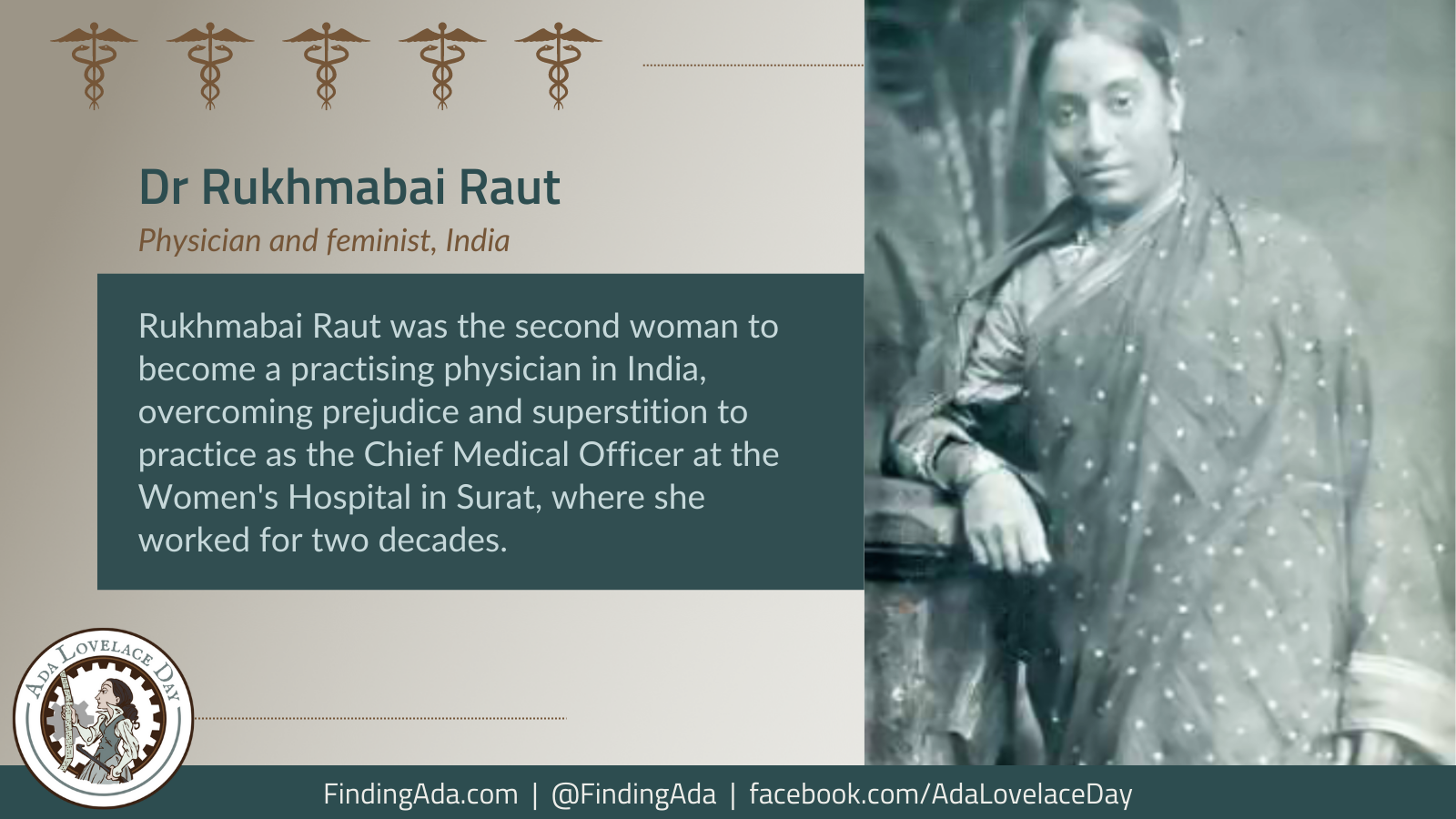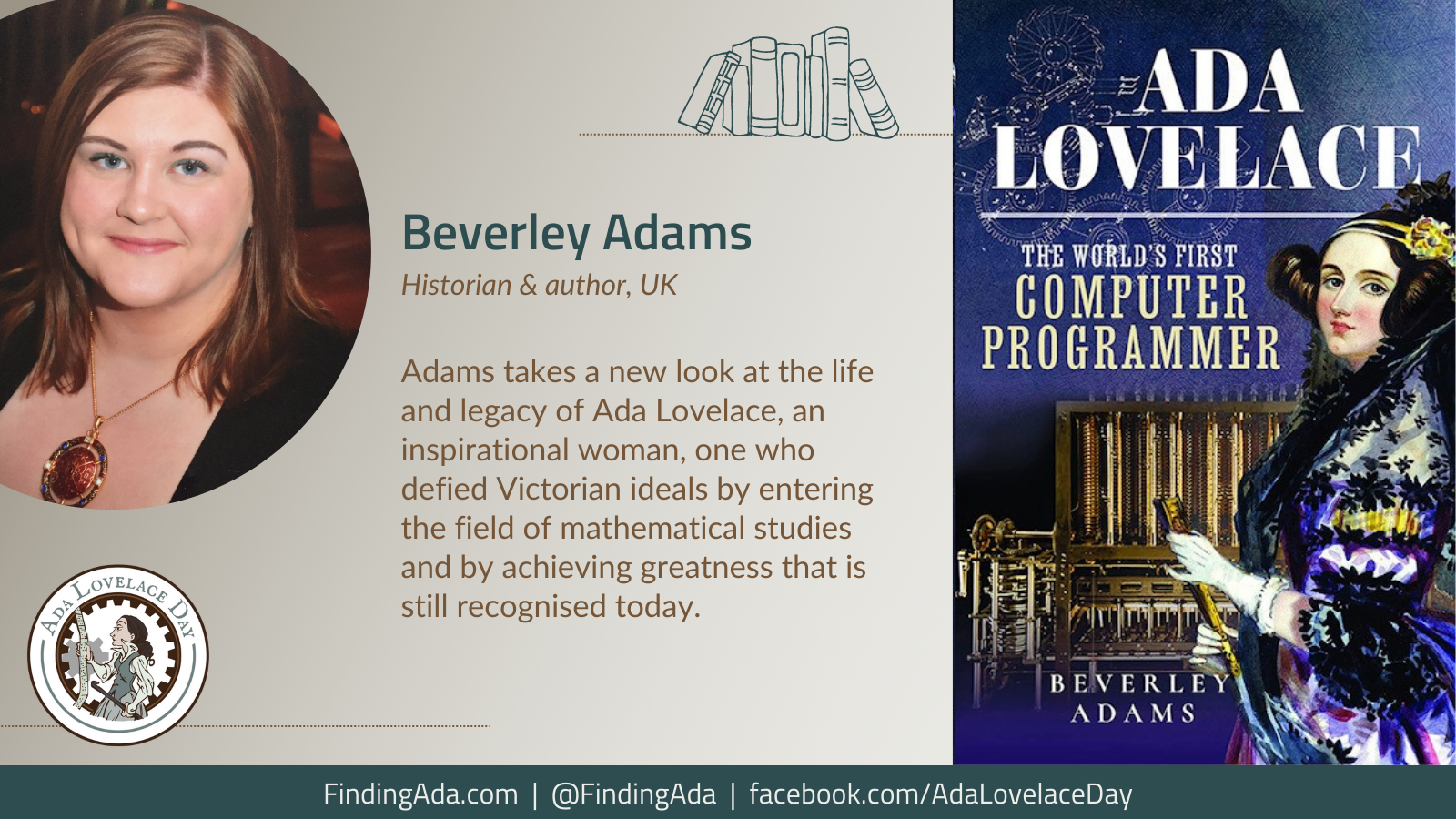
Dr Katalin Karikó
Katalin Karikó is a biochemist whose work on RNA-mediated immune activation laid the foundations required for the development of the mRNA COVID-19 vaccine.
Karikó was born in 1955 in Hungary, and earnt her PhD at the University of Szeged before going on to do postdoctoral research at the Institute of Biochemistry, Biological Research Centre of Hungary until the lab lost its funding in 1985, at which point she moved to the US.
She began working on Messenger RNA (mRNA) in 1989 at the University of Pennsylvania. She wrote a grant application that proposed using mRNA in gene therapy, but it was rejected. Her ideas were unorthodox and the basic work required to do the research, such as making RNA molecules, was difficult. After a string of rejections, the university demoted her in 1995.
She persevered, hopping from lab to lab in low-paid positions. Then, by chance, Karikó met immunologist Drew Weissman, who wanted to make an HIV vaccine. She thought she could do it, but the mRNA caused the mice’s immune systems to react, triggering inflammation. But during another experiment they noticed that transfer RNA, which they’d used as a control, didn’t result in the same immune reaction as mRNA.
They discovered that nucleoside modifications of mRNA could make it non-immunogenic, but had difficulty getting their findings published. Their results were eventually published in 2005, in Immunity, but didn’t cause a splash at the time because other scientists didn’t believe that mRNA was a “usable molecule”. The paper has, however, now become a seminal publication in the field of mRNA therapeutics.
Karikó and Weissman also worked on developing an mRNA purification technique, as no such protocol existed, and they were eventually able to use high-performance liquid chromatography to purify mRNA. They knew that they could use mRNA to order cells to make any protein, including insulin, hormones or diabetes drugs. They could also use it to create a new type of vaccine where the mRNA would tell cells to make part of the virus, which would then stimulate the immune system. But they couldn’t get any traction.
They founded a company, RNARx, in 2006 and patented several modified nucleosides that reduced the antiviral immune response to mRNA. But the University of Pennsylvania sold the intellectual property rights, so when Moderna asked Karikó if they could licence the patent, all she could say was that she didn’t have it.
Realising that her opportunities to work on mRNA would be greater in industry, Karikó became a vice president at BioNTech RNA Pharmaceuticals in 2013, becoming a senior VP in 2019.
The COVID-19 pandemic resulted in a huge amount of scientific work and collaboration, but it was Karikó’s research that formed the foundation for the BioNTech/Pfizer and Moderna mRNA COVID-19 vaccines. Once Chinese scientists had posted the virus’s genome, BioNTech designed its mRNA vaccine in hours and Moderna completed the task in two days. Other groups provided the data and expertise needed to make the vaccine a reality.
In 2022, Karikó won the Vilcek Prize for Excellence which recognises immigrant contributions to biomedical science and the arts. She has also received Spain’s Princess of Asturias Award for technical and scientific research, the Lasker-DeBakey Clinical Medical Research Award, the Horwitz Prize, and the Breakthrough Prize in Life Sciences.
Further Reading
- Katalin Karikó, Wikipedia
- How mRNA went from a scientific backwater to a pandemic crusher, David Cox, Wired, 2 December 2020
- Kati Kariko Helped Shield the World From the Coronavirus, Gina Kolata, The New York Times, 8 April 2021
- Messenger RNA vaccine pioneer Katalin Karikó shares her long journey to Covid-19 vaccines, Claudia López Lloreda, STAT, 19 July 2021
- Scientists’ egos are key barrier to progress, says Covid vaccine pioneer, Ian Sample, The Guardian, 10 September 2021
- An mRNA Pioneer Discusses How Her Work Led to the COVID Vaccines, Tanya Lewis, Scientific American, 15 September 2021
- A one-way ticket. A cash-stuffed teddy bear. A dream decades in the making., Carolyn Y. Johnson, The Washington Post, 1 October 2021
- The Scientist Who Saved the World, Mattie Kahn, Glamour, 2 November 2021
- A conversation with the biochemist Katalin Karikó, Fondation L’Oréal, 7 December 2021
- A conversation with the biochemist Katalin Karikó, Fondation L’Oréal, 7 December 2021
- QnAs with Katalin Karikó, Prashant Nair, PNAS, 13 December 2021
- Meet the authors: Katalin Karikó and Drew Weissman, Immunity, 14 December 2021
- Katalin Karikó: The sacrifices and successes of immigrant scientists, Vilcek Foundation, 29 March 2022



